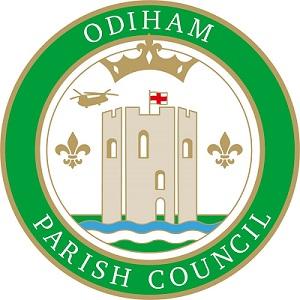LATEST NEWS

Shoots along the routes.. Hampshire tree planting partnership
Hampshire Forest Partnership Highlighted in the recent OPC Newsletter, we’d like to again highlight the offer for people and organisations to get involved in one
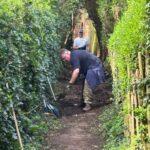
Conservation work day
Spring has finally sprung…. And what better way to start the season, and a beautiful Saturday morning, than by getting out and about and being
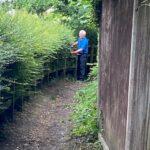
Conservation work day Saturday 13th April
It’s Spring, at last………. After what feels like the longest, and wettest, winter in history – we’re convinced there were shorter Ice Ages – Spring
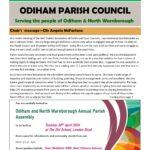
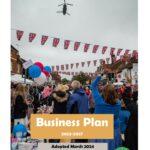
New Business Plan
Following the elections in May 2023, the new Council has been working to set its 4 year Business Plan which sets out the Council’s strategic
Free online security advice
🔐 🖥️ A local resident has volunteered as a Cyber Bobby Advisor for the Blue Lamp Trust covering North East Hampshire. This is a free
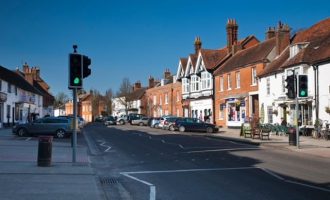
Visit Odiham
For visitors and shoppers – find out where to park, what to see, where to shop and where to eat & drink!
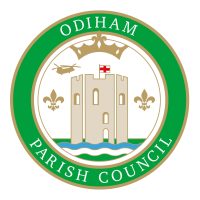
Council Business
Find details of your Councillor, Council services, meeting agendas & minutes, finance and planning.
UPCOMING EVENTS
PROUD ACHIEVEMENTS
Winners of The Steven Lugg Trophy for “Excellence in Community Engagement” 2023
Winners of the Hampshire & Isle of Wight Village of the Year 2022.
Winners of the Hampshire & Isle of Wight Council of the Year 2021.

Odiham Parish Council has signed the Civility and Respect pledge (certificate 807)
Odiham Parish Council believes now is the time to put Civility and Respect at the top of the agenda and start a culture change for the local council sector.

Odiham Parish Council commits to honour the Armed Forces Covenant and support the Armed Forces Community.
We recognise the value Serving Personnel, both Regular and Reservists, Veterans and military
families contribute to our business and our country.

